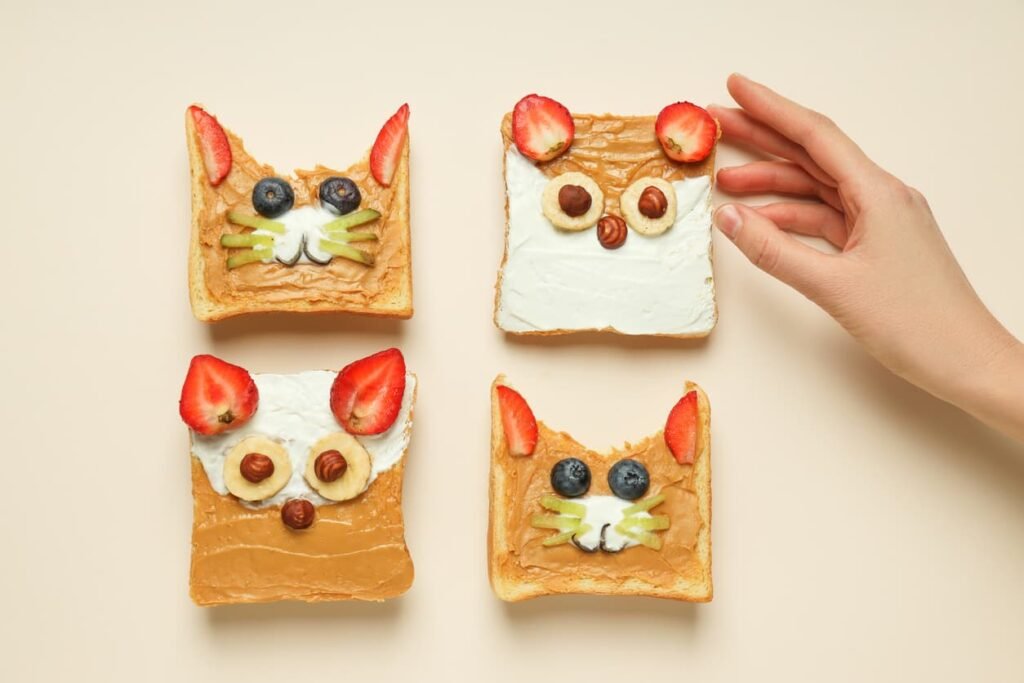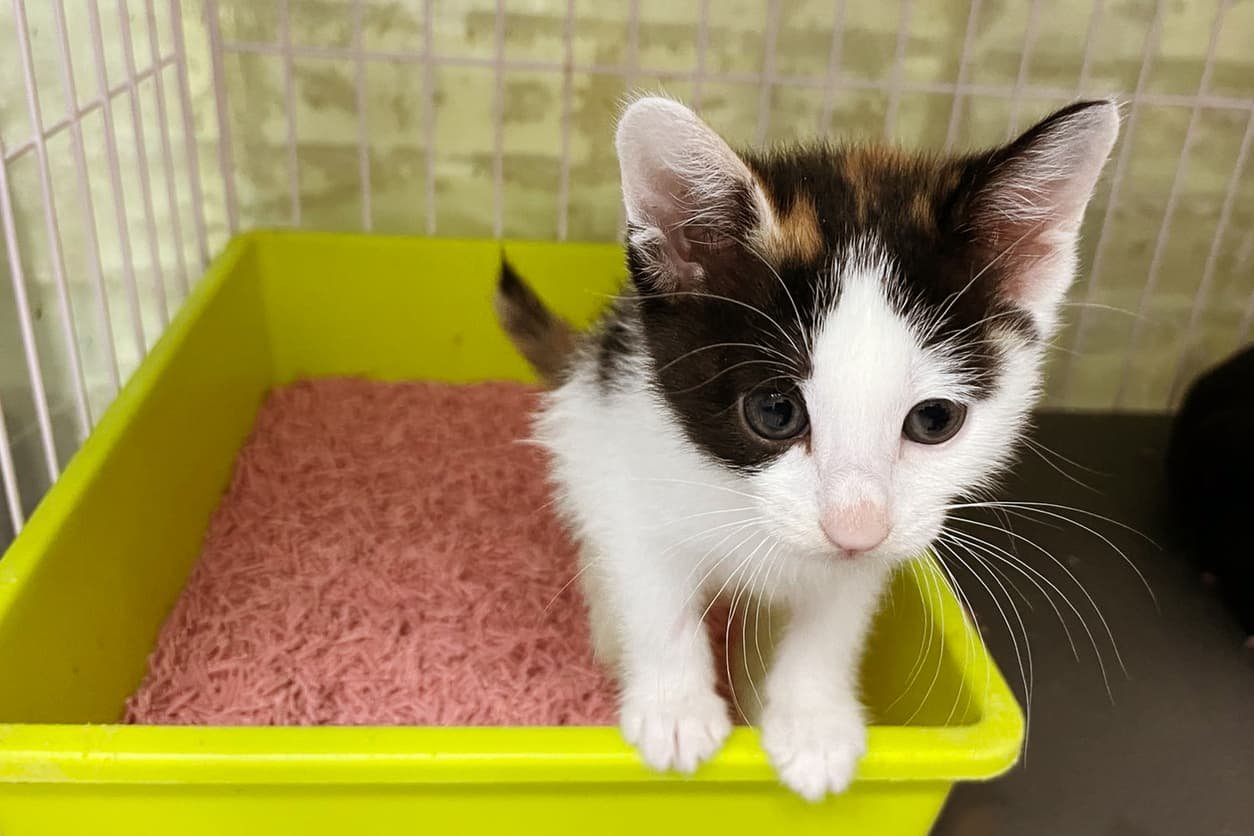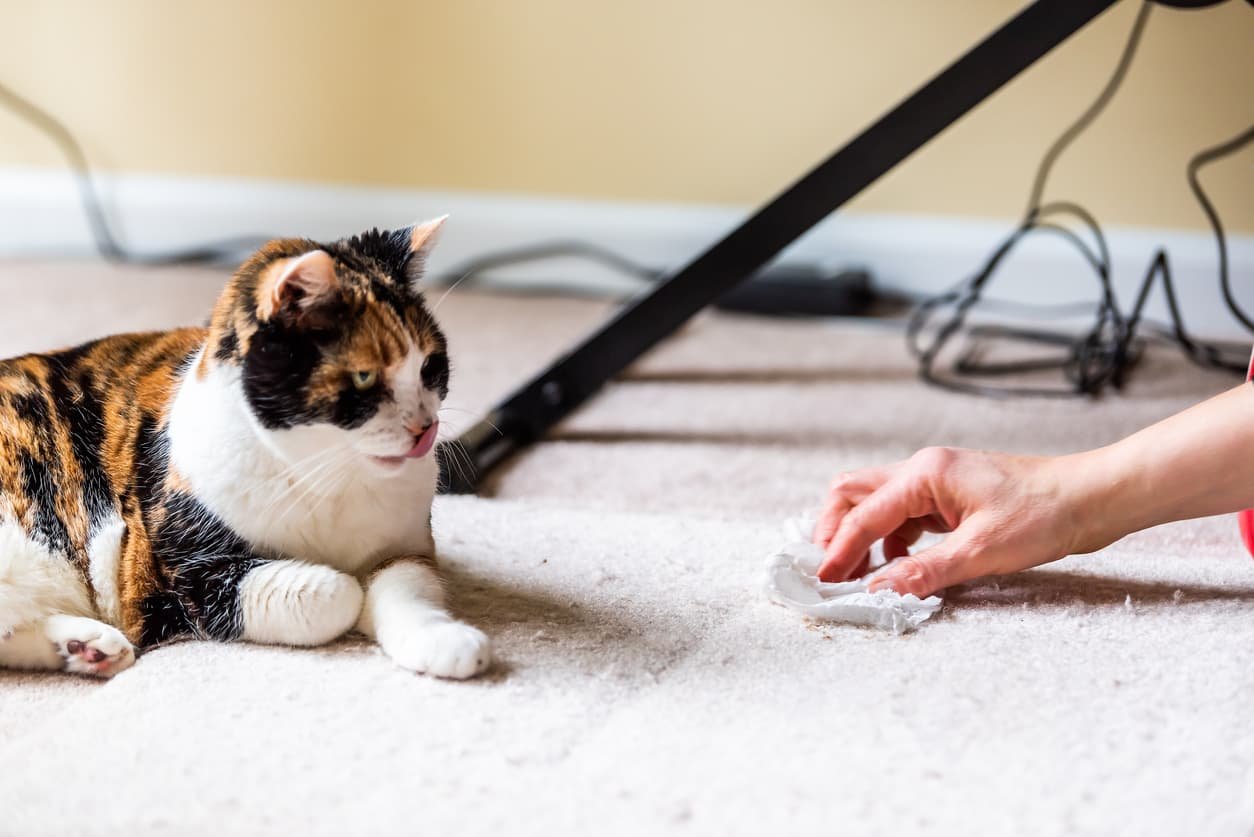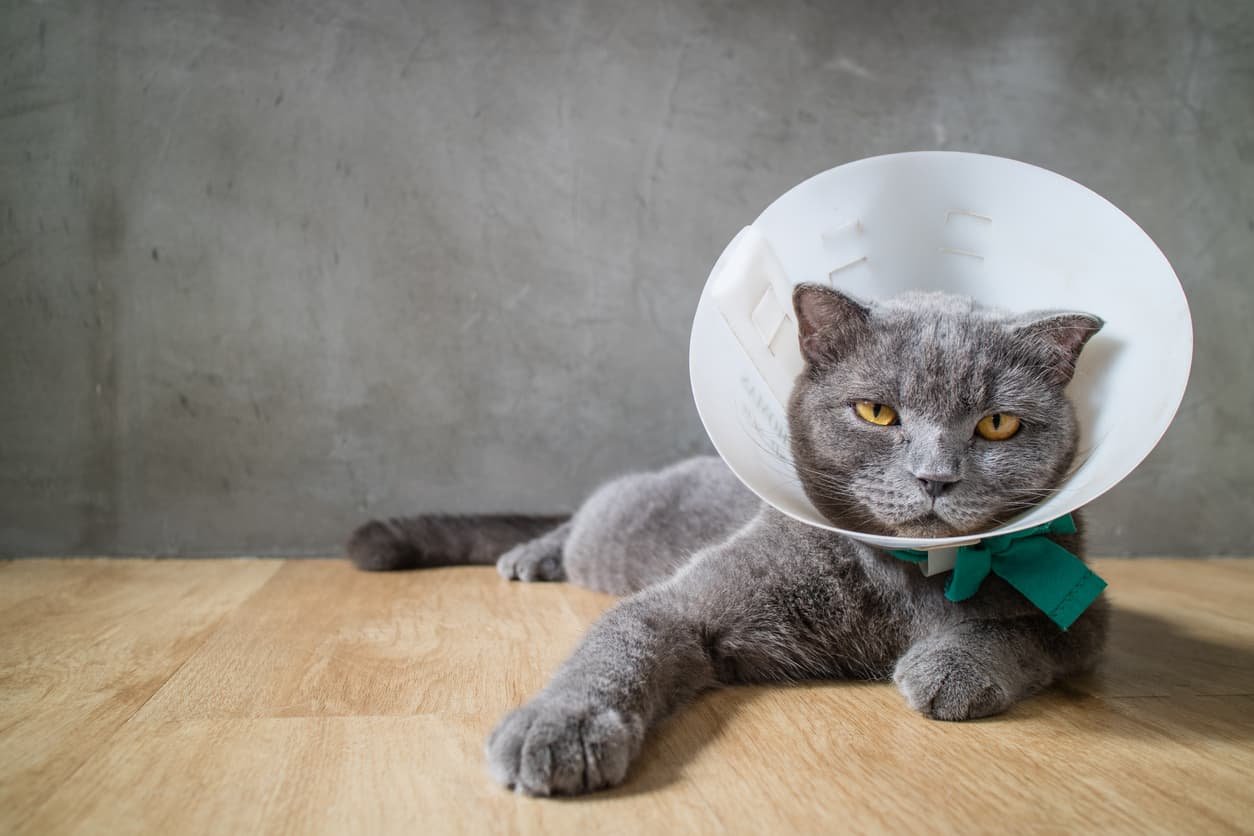As a pet parent, you may wonder: Can cats have peanut butter? While peanut butter is a popular treat among humans, its safety for cats is a topic of debate. Before offering this sticky treat to your feline friend, it’s essential to consider the potential risks and benefits.
Table of Contents
ToggleCan Cats Have Peanut Butter? Understanding the Basics
Cats are obligate carnivores, meaning their nutritional needs rely primarily on animal-based proteins. While peanut butter does contain some healthy fats, its nutritional value for cats is minimal. Feeding cats human foods, especially those high in fat content, can lead to health problems such as feline obesity and gastrointestinal upset.
Additionally, some brands of peanut butter contain xylitol, an artificial sweetener that is highly toxic to cats. Xylitol poisoning can cause serious health issues, including liver failure. Pet owners should always check the ingredient list to ensure the peanut butter is free of toxic ingredients.
Is It Safe for Cats to Eat Peanut Butter?
Although peanut butter is not toxic in very small amounts, it is not necessarily a safe food for cats. The high fat and high sugar content can contribute to weight gain and other health risks. A spoonful of peanut butter might seem like a tasty treat, but it offers little to no essential nutrients for your cat’s diet.
Another concern is the sticky texture, which can become a choking hazard. Peanut butter can stick to a cat’s throat, making it difficult to swallow. This is particularly concerning for indoor cats, as they may not have access to grass or other natural remedies to help them clear their throats. For healthy cats, maintaining a proper diet with high-quality cat food is the best way to support their overall well-being.
Potential Risks of Feeding Peanut Butter to Cats
If you’re considering giving your cat peanut butter, be aware of the following potential risks:
- Gastrointestinal Issues: Feeding cats too much peanut butter can lead to stomach upset, excessive thirst, and even intestinal blockage.
- Food Allergies: Just like humans, cats can develop peanut allergies. Signs of an allergic reaction include vomiting, diarrhea, and abdominal pain.
- Health Problems: The fat content and high sodium levels in peanut butter can contribute to kidney issues, high blood pressure, and feline obesity.
- Choking Hazard: The sticky consistency can cause difficulty swallowing, leading to gagging or choking.
- Side Effects: Some cats may experience side effects such as digestive issues, weight gain, or allergic reactions.
How Much Peanut Butter Can Cats Eat?
If you decide to give your cat peanut butter, do so in moderation. A small amount of peanut butter—no more than a tiny lick—should be the limit. Feeding peanut butter on a regular basis is not recommended, as it lacks the essential nutrients required for a cat’s health.
Alternatives to Peanut Butter for Cats
Instead of peanut butter, consider offering alternative treats that are safer and more nutritious for your feline companion:
- Animal-based proteins: Cooked chicken, turkey, or fish provide essential nutrients and are part of a cat’s natural diet.
- Cat food treats: Many brands offer healthy, protein-packed treats specifically designed for cats.
- Unsalted peanuts: While plain peanuts are not toxic, they should only be given in very small amounts and without any added salt or sugar.
- Cat peanut butter alternatives: Some pet stores sell peanut butter safe for cats, made without harmful additives or excessive salt.
- Cat Tunnel Bed Treats: If your cat enjoys treats, consider placing a small treat in a cat tunnel bed to encourage playtime and exercise.
Final Thoughts: Should You Give Your Cat Peanut Butter?
So, can cats have peanut butter? While a very small amount of peanut butter is unlikely to cause immediate harm, it is not a good idea to make it a regular part of your cat’s diet. The potential risks, including gastrointestinal issues, food allergies, and choking hazards, outweigh any possible health benefits.
Instead, cat parents should focus on providing their feline friends with a diet rich in animal products and essential nutrients. The nutritional benefits of animal protein far exceed anything peanut butter can provide. If you’re looking for a way to administer cat medication, consider other safe food options that won’t pose a risk to your cat’s health.
As always, consult with a veterinarian, such as Dr. Sarah J. Wooten from the American Society for the Prevention of Cruelty to Animals or your local Sheep Draw Veterinary Hospital, before introducing any new food to your cat’s diet. Your cat’s health and well-being should always be the top priority for cat owners and pet parents alike.
In conclusion, can cats have peanut butter? While it is not toxic in small amounts, the risks outweigh the benefits. If you are looking for a safe snack for your cat, consider alternatives that better support their nutritional needs. The next time you wonder can cats have peanut butter, remember to prioritize your cat’s health and well-being.
FAQ
Can cats eat peanut butter?
Cats can eat a tiny amount of peanut butter occasionally, but it's not recommended. It’s high in fat, can upset their stomach, and some brands contain xylitol, which is toxic to cats. Always check ingredients and consult your vet first.
Can cats have 100% peanut butter?
If the peanut butter is made from 100% plain peanuts with no added sugars, salt, or xylitol, a very small amount may not be harmful. However, it still lacks essential nutrients for cats and should not be a regular treat in their diet.
Why is my cat obsessed with peanut butter?
Some cats are attracted to the taste and smell of peanut butter due to its high fat and protein content. However, cats do not need peanut butter in their diet, and excessive consumption can lead to health issues. Always offer safer treats that align with their nutritional needs.
What human food is safe for cats?
Certain human foods are safe for cats in moderation, including cooked chicken, turkey, fish, plain eggs, and small amounts of plain yogurt. Always avoid toxic foods like onions, garlic, chocolate, grapes, and anything with artificial sweeteners. When in doubt, consult your veterinarian before feeding any human food to your cat.
How much peanut butter is toxic to cats?
Even a small amount of xylitol-sweetened peanut butter can be toxic to cats. Just a lick may cause low blood sugar or liver damage. Always avoid peanut butter with xylitol, and consult a vet before offering any as a treat.
What should I do if my cat ate peanut butter?
If it's a cat ate peanut butter emergency, check the ingredients for xylitol—if present, contact your vet immediately. Even without xylitol, monitor for vomiting, diarrhea, or lethargy. When in doubt, seek veterinary help right away.
Are there cat-safe peanut butter alternatives?
Yes, there are healthy peanut butter substitutes for cats like pure pumpkin purée, plain cooked chicken, or small amounts of unsweetened yogurt. These are safer, easier to digest, and more nutritionally appropriate for felines.







